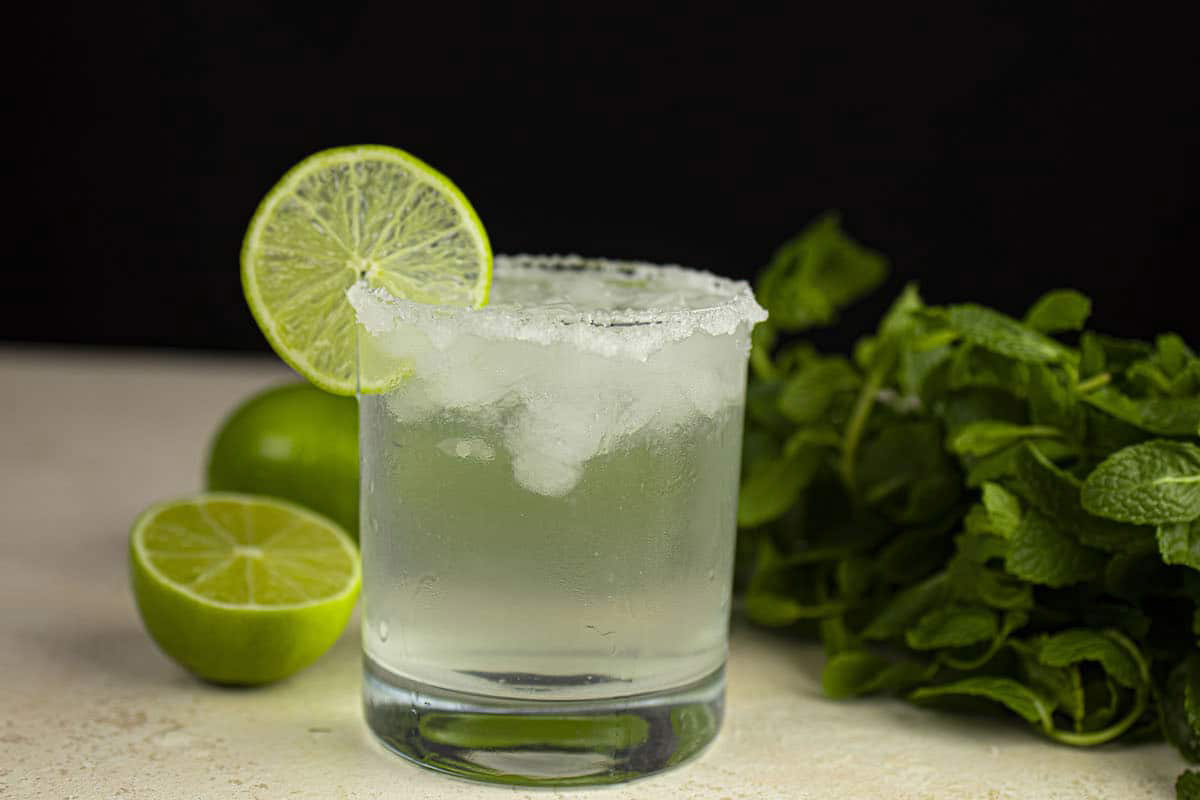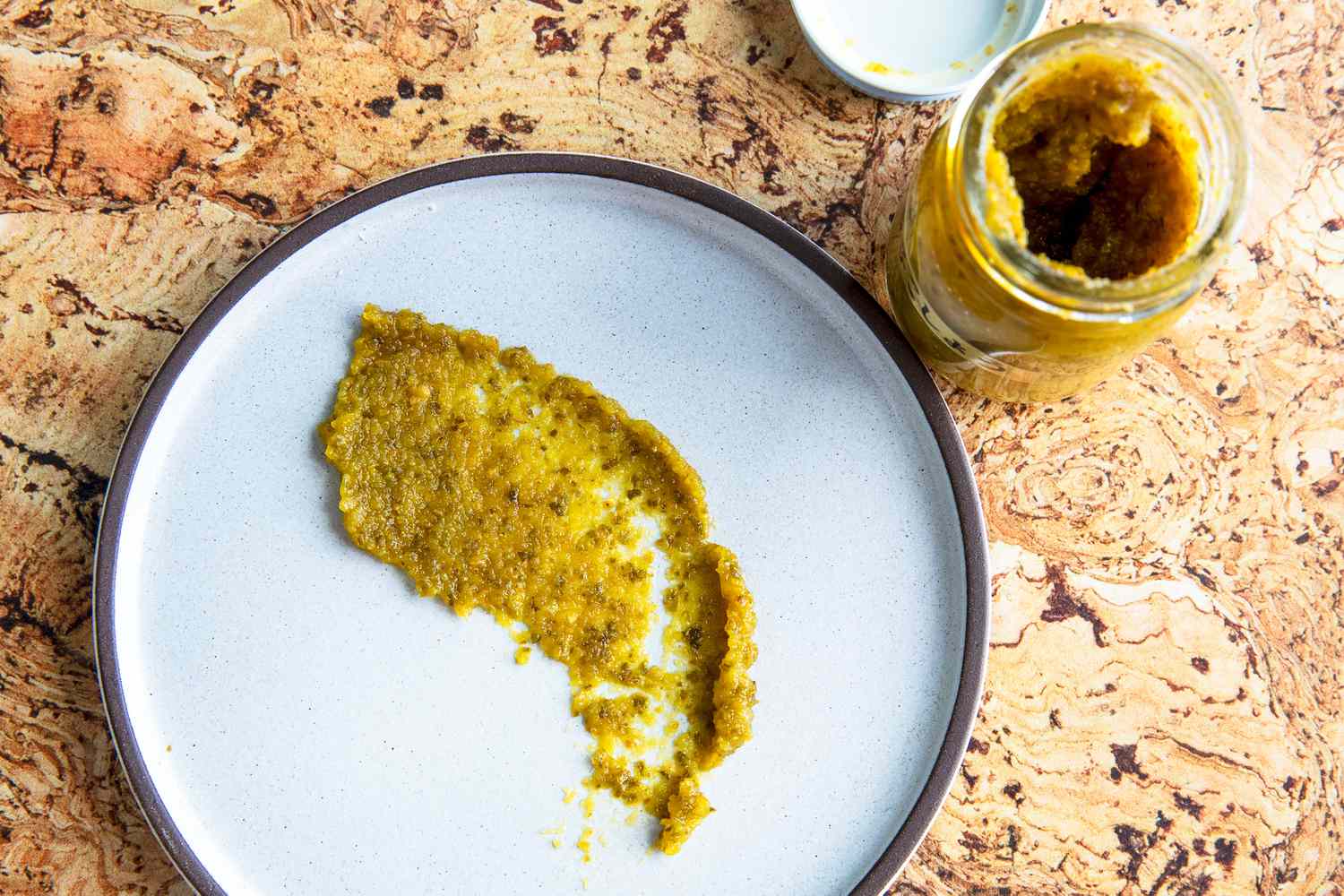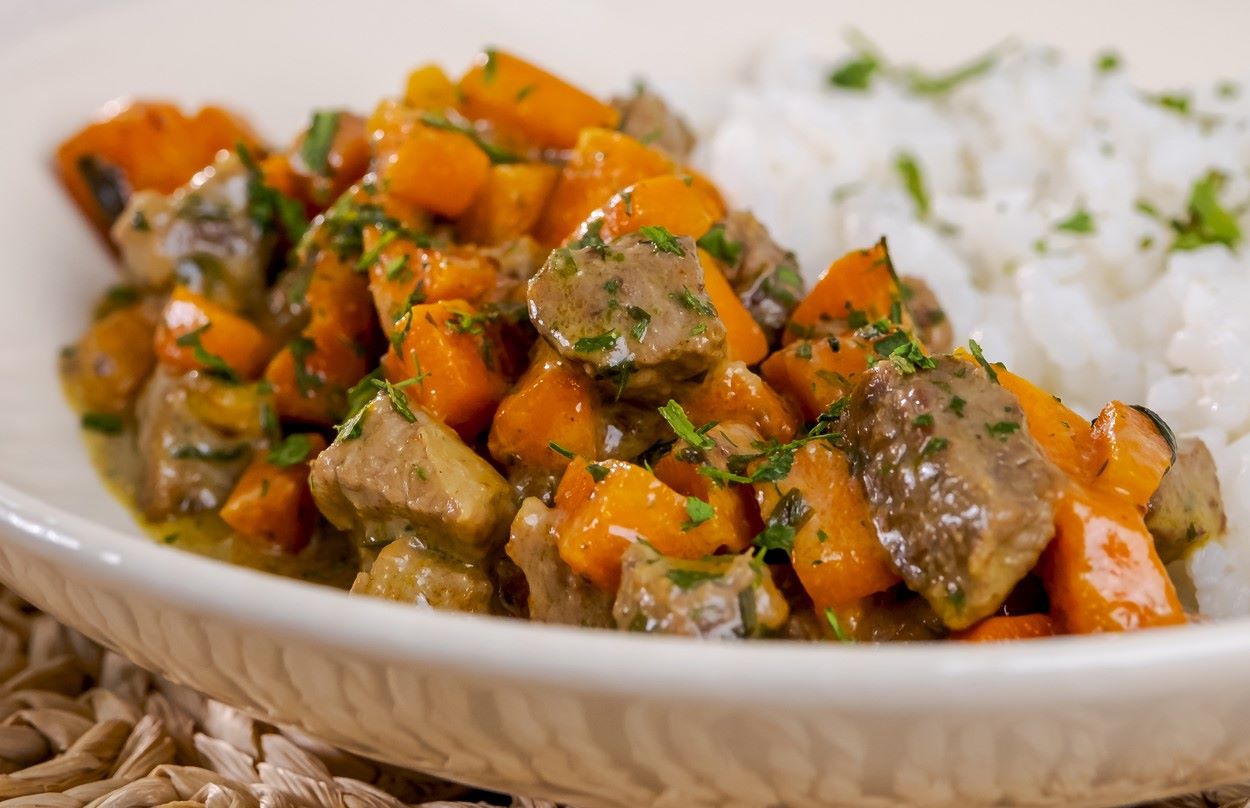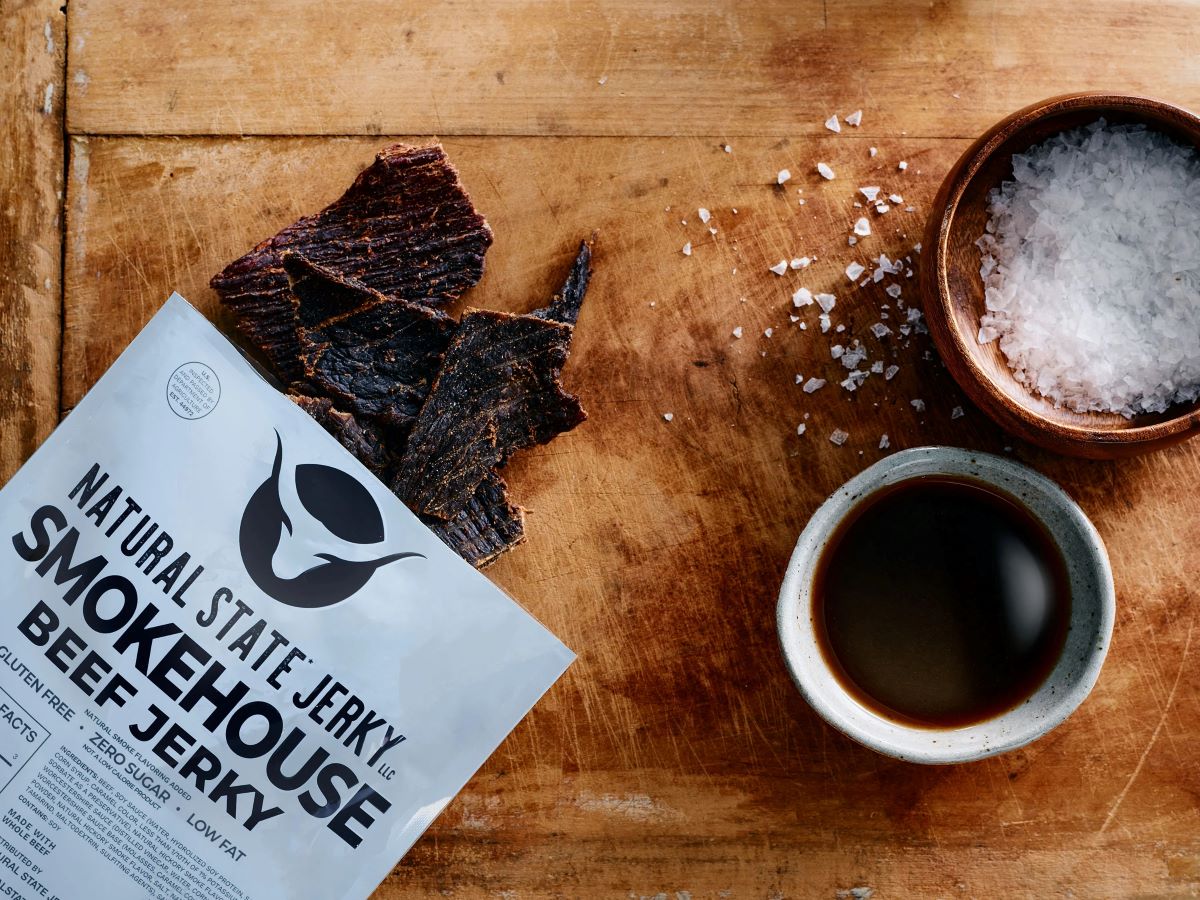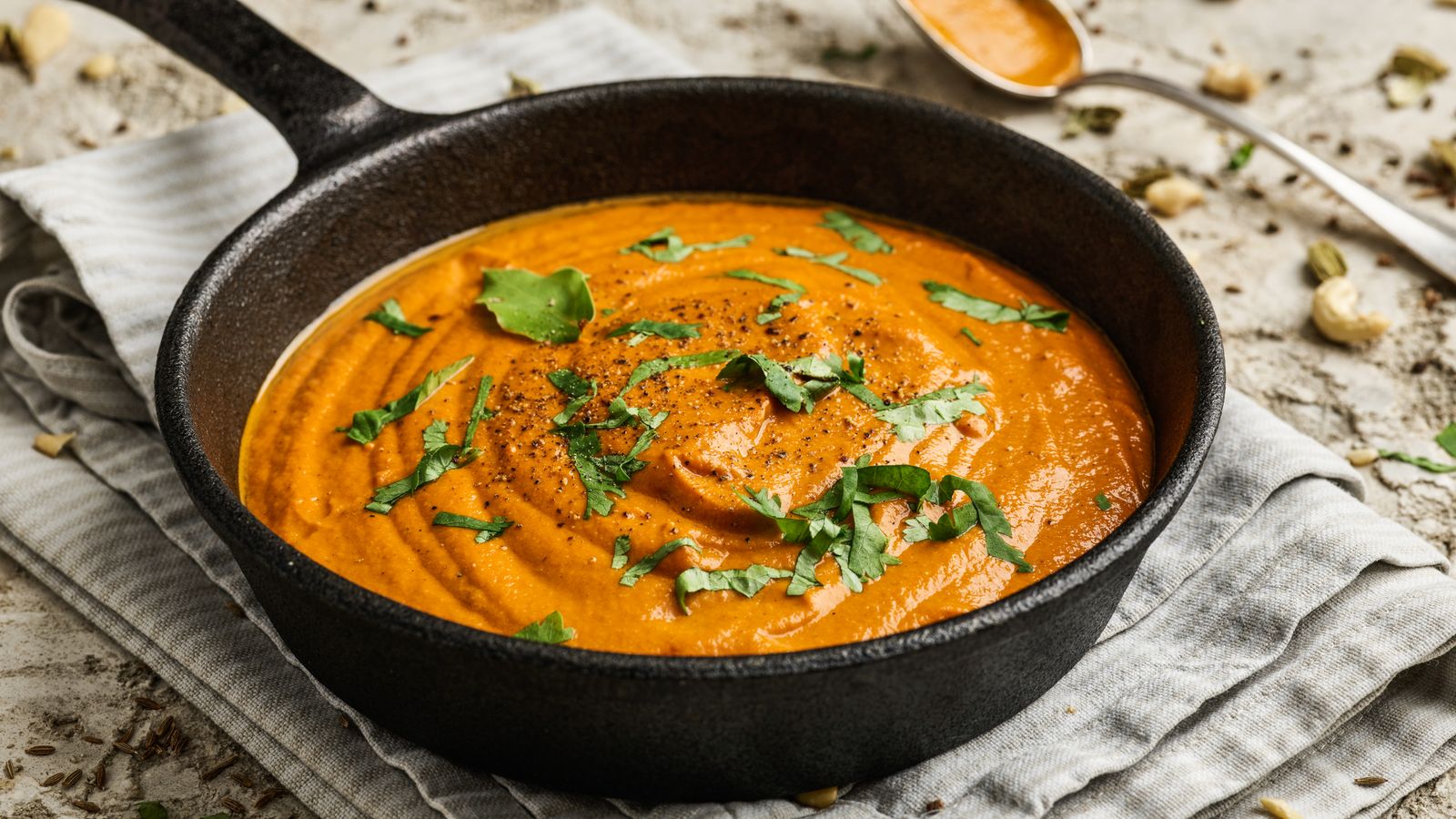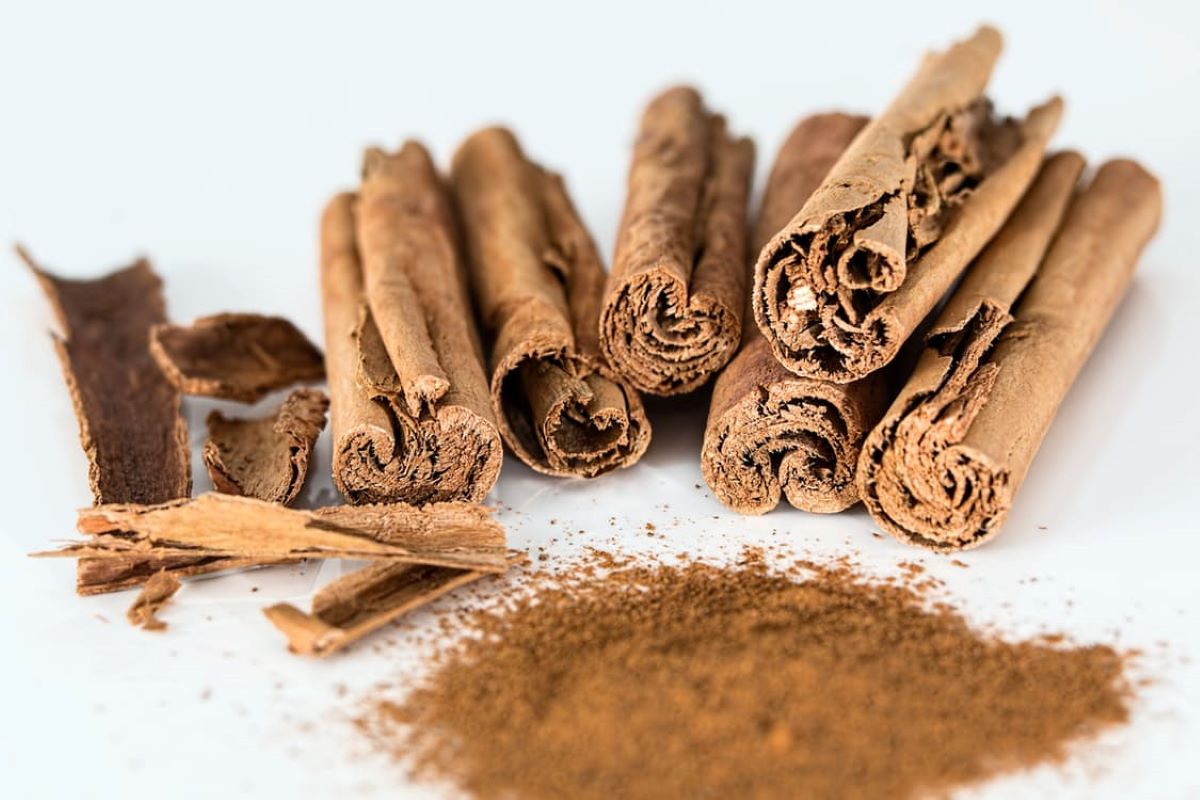The Battle of the Pasta: Linguine vs. Spaghetti
When it comes to Italian cuisine, pasta is a staple that has made its way into the hearts and stomachs of people all over the world. Two popular types of pasta that often get confused are linguine and spaghetti. While they may look similar, there are some key differences that set them apart. Let’s dive into the world of pasta and explore the nuances of linguine and spaghetti.
Linguine
Linguine is a type of pasta that is long and narrow, similar to spaghetti, but with a flat shape. The word “linguine” actually means “little tongues” in Italian, which perfectly describes its shape. This pasta originated in the Liguria region of Italy and is often paired with seafood or pesto sauce. Linguine’s flat shape allows it to hold onto sauces and ingredients, making it a popular choice for dishes with lighter, more delicate flavors.
Spaghetti
On the other hand, spaghetti is perhaps the most well-known and widely consumed type of pasta in the world. It is long, thin, and cylindrical, with a round cross-section. Spaghetti is a versatile pasta that can be paired with a wide variety of sauces, from simple marinara to hearty bolognese. Its shape and texture make it a great choice for dishes with thicker, heartier sauces that can cling to its surface.
The Differences
Now that we have a basic understanding of linguine and spaghetti, let’s take a closer look at the key differences between the two:
- Shape: Linguine is flat and narrow, resembling little tongues, while spaghetti is round and thin, with a cylindrical shape.
- Texture: Linguine has a slightly chewier texture due to its flat shape, while spaghetti has a more traditional, smooth texture.
- Pairings: Linguine is often paired with lighter sauces and seafood, while spaghetti is a more versatile option that can be paired with a wide range of sauces and ingredients.
Which One Should You Choose?
When it comes to choosing between linguine and spaghetti, the decision ultimately comes down to personal preference and the specific dish you are preparing. If you’re looking for a pasta that can hold onto lighter, more delicate sauces, linguine is the way to go. On the other hand, if you want a pasta that can stand up to heartier, more robust sauces, spaghetti is the perfect choice.
Both linguine and spaghetti have their own unique characteristics that make them well-suited for different types of dishes. Whether you’re craving a seafood linguine or a classic spaghetti bolognese, understanding the differences between these two types of pasta can help you make the perfect choice for your next Italian culinary adventure.
The Verdict
So, what is the difference between linguine and spaghetti? While they may seem similar at first glance, their shapes, textures, and ideal pairings set them apart. Whether you’re twirling linguine around your fork or slurping up a mouthful of spaghetti, both of these beloved pasta varieties have earned their place in the culinary world.
Next time you’re in the mood for Italian cuisine, consider the subtle yet significant differences between linguine and spaghetti, and choose the one that best complements your desired flavors and ingredients. Buon appetito!
Was this page helpful?
Read Next: What Is A Pancetta Substitute?

